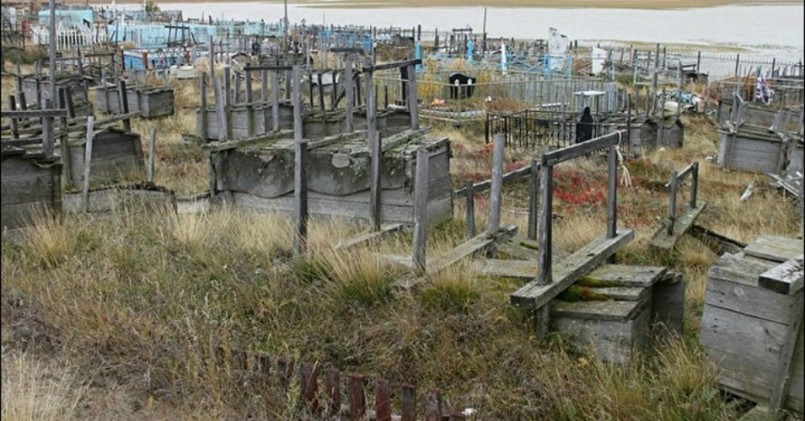Environment
Frozen reindeer corpse reintroduces Anthrax to Siberia

Image: Siberian Times
All summer long Siberia has been suffering from an unprecedented heatwave. Fires have burned through the Russian grassland, areas of permafrost are metlting, and temperatures have been recorded at 10 degrees higher than normal. But none have suffered more than the inhabitants of the Yamal tundra, who now how to contend with a resurgence of anthrax.
The Yamal Peninsula is a stretch of peatland that extends from northern Siberia into the Kara Sea, far above the Arctic Circle. As temperatures have risen to record highs this year, an unexpected and deadly phenomenon has occurred. For the first time since 1941, anthrax has struck western Siberia, hospitalizing thirteen Yamal nomads, including four children. The virus has been especially devastating to the herds of reindeer raised in the area, with more than 1,500 reindeer reported dead.
But how was this deadly bacteria reintroduced to Siberia? The outbreak is thought to stem from a once frozen reindeer corpse that thawed due to the heatwave. The reindeer is believe died in the plague 75 years ago, and then become a host for the bacteria when it entered a state of dormancy due to freezing temperatures. When the frost melted, the anthrax became active once again.
Dozens of the indigenous Nenet community have already been relocated, and many herders are facing a quarantine that may last until September. The governor, Dmitry Kobylkin, declared a state of emergency, saying, “Now the most important thing is the safety and health of our fellow countrymen—the reindeer herders and specialists involved in the quarantine.”
The link between a thawing corpse and a new outbreak of disease is one scientists have worried over for years. In 2011, two researchers from the Russian Academy of Sciences performed a study assessing the conditions required for anthrax to appear in Yakutia, a region to the east of the Yamal Peninsula that contains hundreds of burial grounds for livestock that died from the disease. They estimated that anthrax spores could remain viable in the permafrost for 105 years, and that those buried deeper could hibernate for even longer.
“As a consequence of permafrost melting, the vectors of deadly infections of the 18th and 19th centuries may come back,” the scientists reported, “especially near the cemeteries where the victims of these infections were buried.” They concluded that the grave sites needed to be monitored for signs of thawing and “public health authorities should maintain permanent alertness.”





0 comments